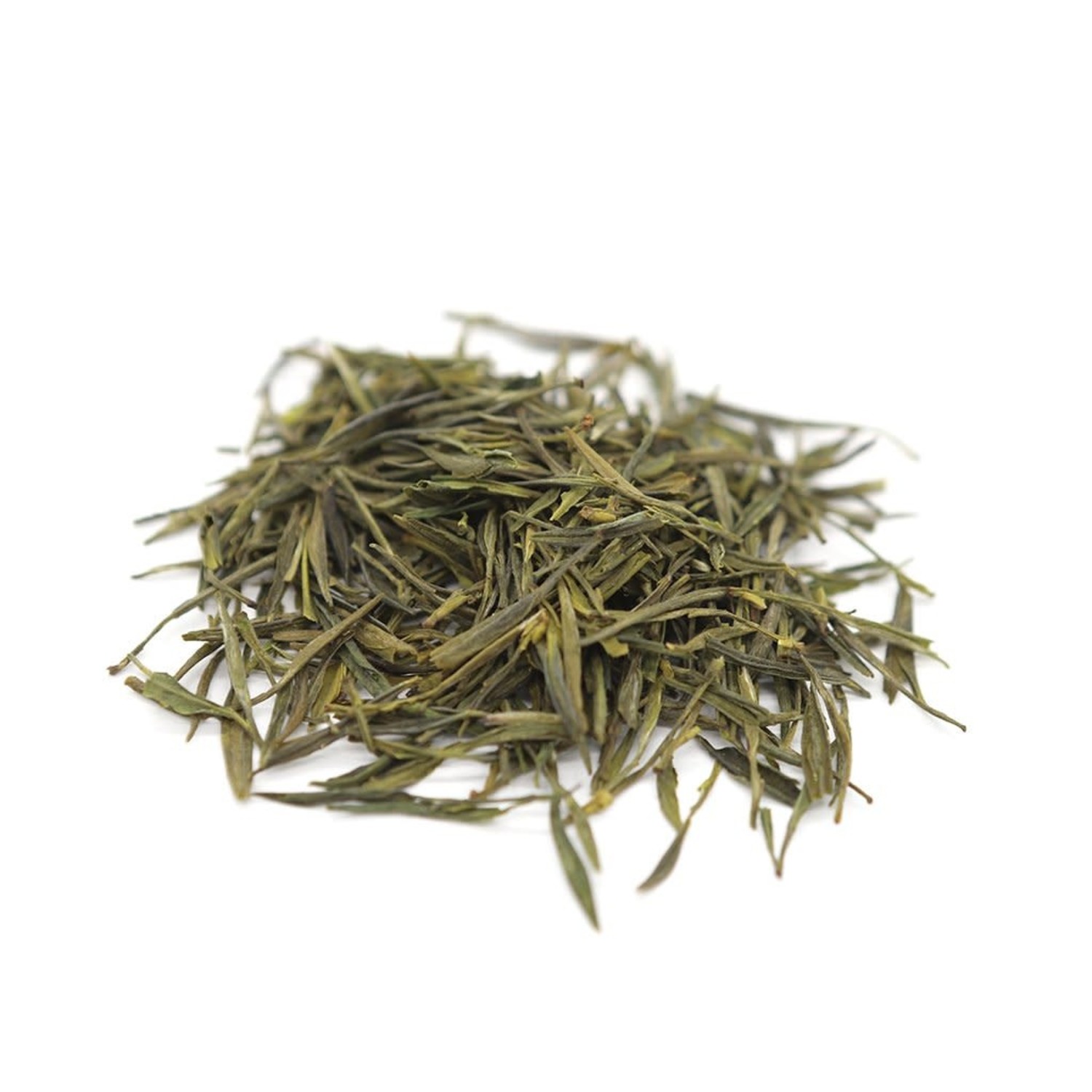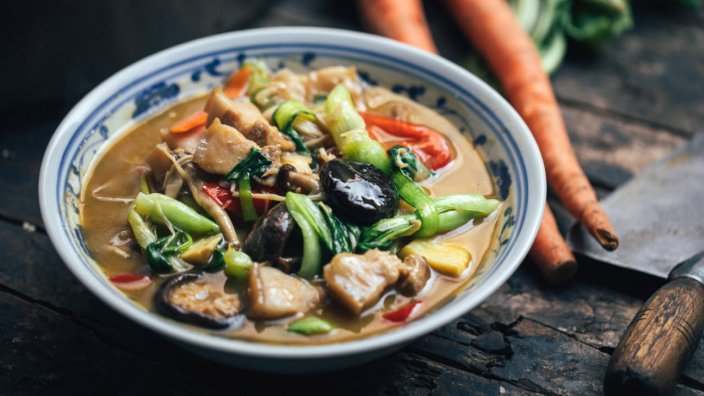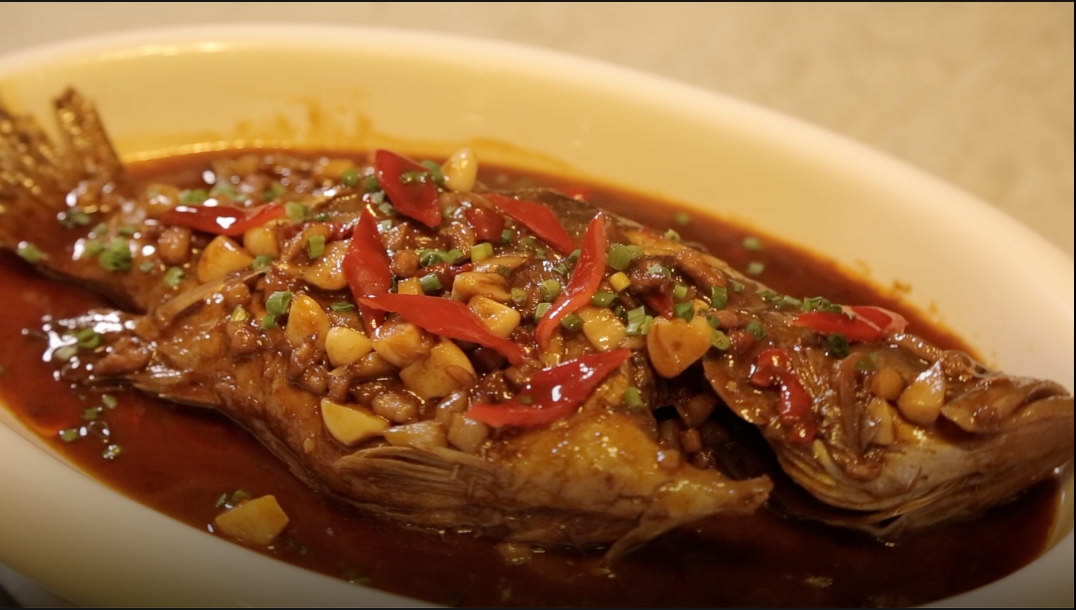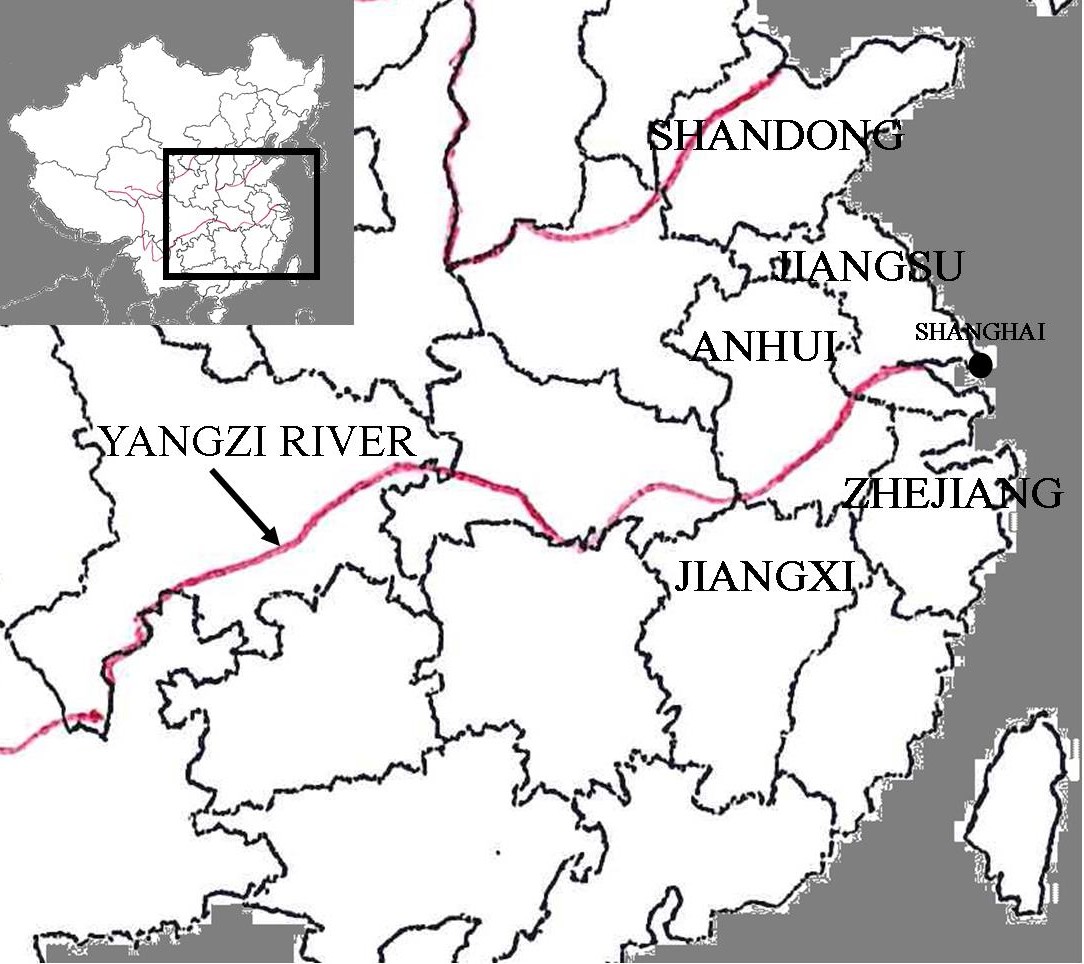Welcome to the last blog about the eight major Chinese Cuisine and we will end it with Anhui Cuisine. It is a place that I honestly did not visit yet but it is on my bucket list. It is down in the southeast area near Shanghai. Similar to Jiangsu and Zhejiang provinces, the Yangtze River runs through the middle and lower reaches of it providing raw materials for food services.
Anhui
Historical Facts:
Anhui also known as “Hui cuisine” is named after Huizhou. Its history can be dated back to Song Dynasty (960 – 1279 AD). It prospered due to the rise of Huizhou merchants. Wherever Hui merchants go, there is the shadow of Hui cuisine. In an era when Huizhou chefs spread all over China, Huizhou cuisine reached its peak. The operators not only inherited the cooking traditions of Huizhou cuisine and spread the food customs of Huizhou people to other places, but also absorbed the strengths of each cooking technique to cook everything delicious. As the power of Huizhou merchants expanded outward, the local tastes of Huizhou merchants made the cuisine famous. During the Ming and Qing dynasties, Huizhou merchants entered their heyday. 
The merchants traveled all over Jiangsu, Zhejiang, Jiangxi, Fujian, Shanghai, Hubei, and other places. (Most gathered in the green area)
Their words and deeds naturally affected the lifestyle of local people. The local flavor of Anhui cuisine gradually entered the local market.
Special Features:
Ingredients:
As you might think Yangtze River provides the most raw materials for Anhui cuisines, but actually, their most well-known feature is for wild-picked or caught delicacies from the mountain (Yellow Mountain or Huangshan*).

Anhui has large mountain forest areas. Wild-caught frogs, local small shrimp, turtles, and lots of other wildlife are put into their soups and stews (Gavin). This may sound strange to my Western friends since there are no common foods like turtles or frogs in the United States. But it is common in Anhui because it is a poorer inland province west of Shanghai, so its food is basically a hearty mountain peasant food.
For examples:
- Herbs and Vegetables: Anhui is also famous for its use of wild herbs, from both the land and the sea, and simple methods of preparation. For the Chinese, food is medicine. They pay attention to both the season and the weather and use yin foods and yang foods as necessary to achieve balance and promote health and comfort. Herbs such as tea leaves, bayberries, bamboo shoots, and dates.




- Pork and Ham: if you are a pork lover, then this cuisine is for you. It can be made to so many popular dishes such as the Li Hongzhang stew.

Cooking Methods:
Different from the saltiness of Shandong cuisine, the spiciness of Sichuan cuisine, and the freshness of Cantonese cuisine, Anhui cuisine pays more attention to the strong flavor of the sauce. Thus, they are particular about controlling cooking time and temperature. High, medium, or low heat is applied according to the quality and characteristics of the different ingredients, and the flavor requirements of finished dishes. They aim to cook food to perfection, and not overcook it to protect the nutrition. So they have special skills in sautéing and stewing to achieve a delicate lightness in taste.
Some Notable Dishes
- The Mandarin Stinky Fish*: A traditional Huizhou dish and one of the representatives of Huizhou cuisine.
- Fried Hairy Tofu*: It has been the leader in Huizhou cuisine for more than 500 years with its unique flavor.
- Feixi Old Hen Soup*: An authentic traditional dish of Feixi, Anhui.






As someone who is planning to study abroad in China for the fall semester (probably in Hong Kong) this is a very exciting blog! Chinese food in the states is obviously incredibly westernized, so it is cool to get to see more authentic cuisine. I am deeply excited to explore the many culinary flavors of China. I will struggle with regions where food is quite spicy however! What was your personal favorite style of cuisine?